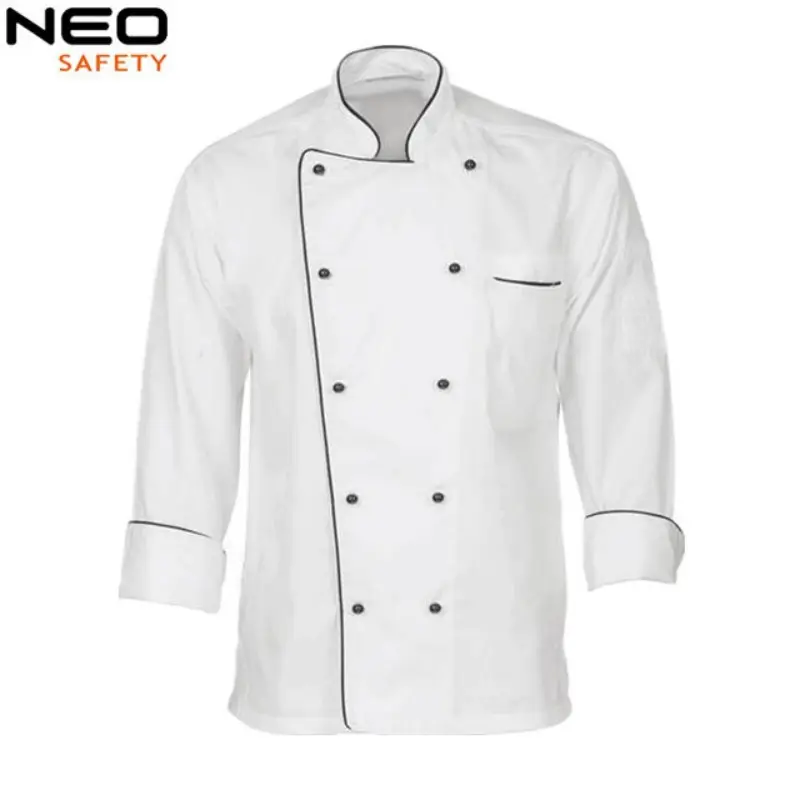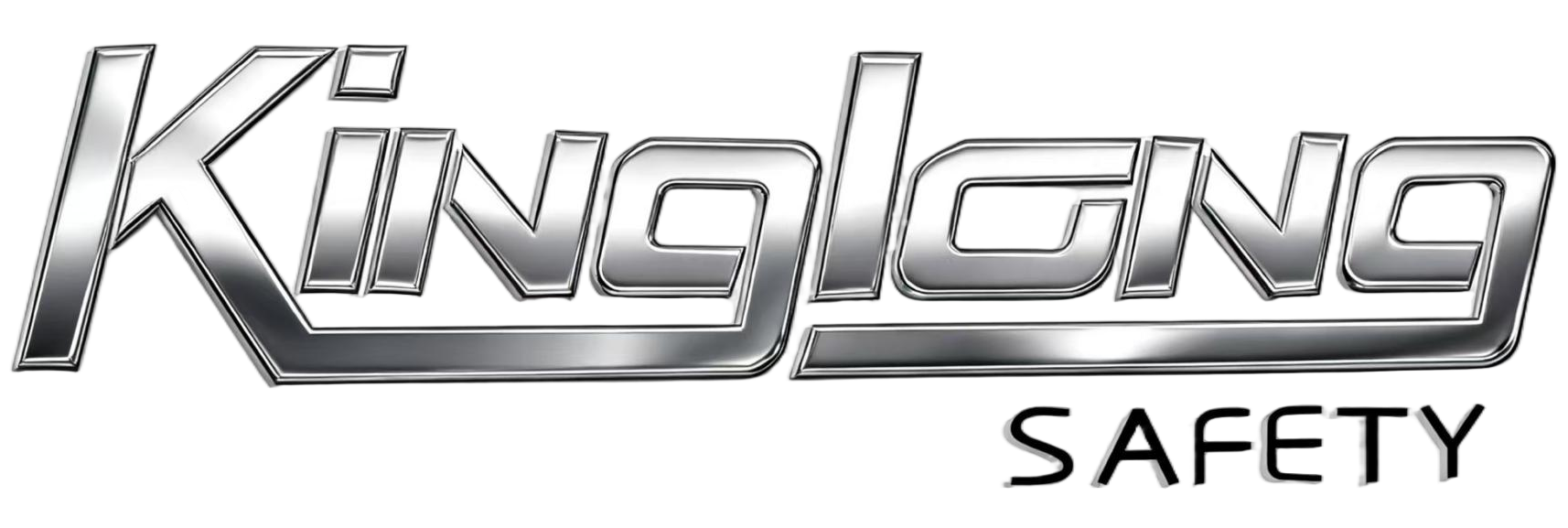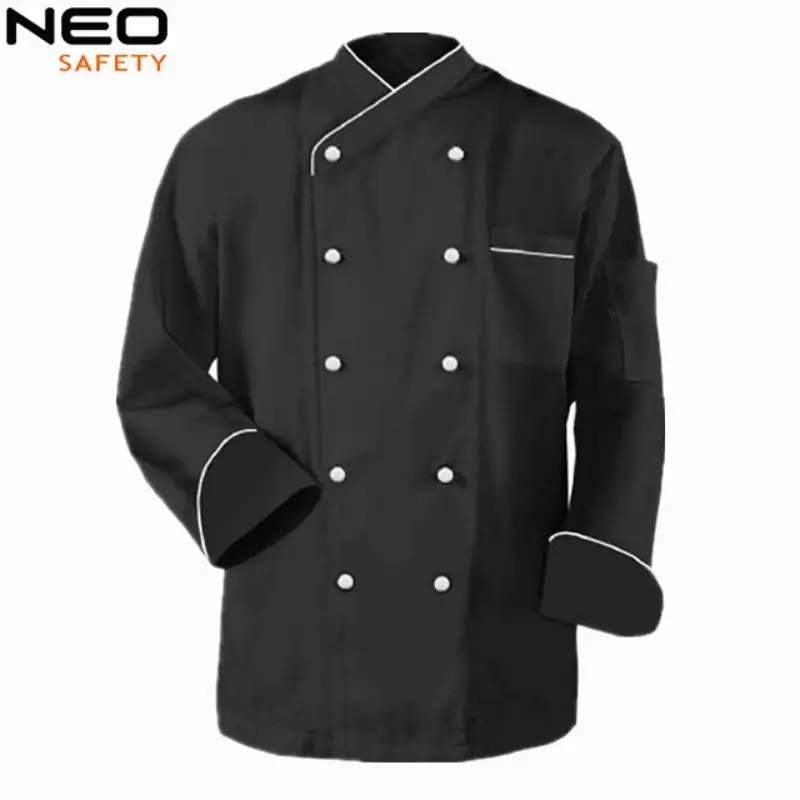Mastering Large-Scale Chef Uniform Production for Restaurant Chains
The food service industry's growing demands have placed increasing pressure on OEM chef uniform manufacturers to deliver high-quality, customized uniforms at scale. Restaurant chains, with their multiple locations and hundreds of staff members, present both an exciting opportunity and a significant challenge for manufacturers. Success in this specialized market requires a deep understanding of production capabilities, quality control measures, and client relationship management.
Today's OEM chef uniform manufacturers must navigate complex requirements while maintaining consistency across large orders. This comprehensive guide explores the essential strategies and best practices for handling restaurant chain orders effectively, ensuring both manufacturer success and client satisfaction.
Strategic Production Planning and Management
Implementing Advanced Manufacturing Systems
Modern OEM chef uniform manufacturers must employ sophisticated production systems to handle large-scale orders efficiently. This includes automated cutting machines, digital pattern-making software, and inventory management systems that can track multiple orders simultaneously. By implementing these technologies, manufacturers can significantly reduce production time while maintaining consistent quality across thousands of uniform pieces.
The key lies in creating a streamlined workflow that can accommodate both standard and rush orders without compromising quality. Advanced manufacturing systems should integrate seamlessly with order management software, allowing real-time tracking and updates throughout the production process.
Capacity Planning and Resource Allocation
Successful handling of restaurant chain orders requires careful capacity planning and resource allocation. OEM chef uniform manufacturers must accurately assess their production capabilities and maintain flexibility to handle varying order volumes. This involves maintaining a skilled workforce, managing raw material inventory, and optimizing factory floor layouts for maximum efficiency.
Strategic partnerships with reliable suppliers ensure consistent access to necessary materials, while cross-training staff members helps maintain production flexibility during peak periods. Manufacturers should also consider implementing shift schedules that can adapt to changing demand levels.
Quality Control and Standardization
Establishing Robust Quality Assurance Protocols
Quality consistency is paramount when dealing with restaurant chain orders. OEM chef uniform manufacturers must develop and maintain strict quality control measures at every production stage. This includes material inspection, cutting accuracy verification, stitching quality checks, and final product evaluation.
Regular quality audits and documentation help maintain standards across large production runs. Implementing a quality management system (QMS) that tracks defects, identifies patterns, and facilitates continuous improvement is essential for maintaining high standards in large-scale production.
Standardization of Processes and Specifications
Creating standardized processes ensures consistency across all orders, regardless of volume. OEM chef uniform manufacturers should develop detailed specification sheets for each client, including exact measurements, material requirements, and design elements. These specifications must be easily accessible to all production team members and regularly updated based on client feedback.
Documentation of standard operating procedures (SOPs) helps maintain consistency even when different teams or shifts handle various parts of the order. Regular training sessions ensure all staff members understand and follow these standards precisely.
Client Communication and Order Management
Developing Effective Communication Channels
Clear and consistent communication with restaurant chain clients is crucial for successful order fulfillment. OEM chef uniform manufacturers should establish dedicated communication channels and assign specific account managers to handle large accounts. This ensures that all client requirements, changes, and concerns are addressed promptly and efficiently.
Regular progress updates, sample approvals, and delivery scheduling should be streamlined through digital platforms, making it easier for both parties to track and manage orders effectively.
Order Tracking and Management Systems
Implementing robust order management systems helps track multiple orders simultaneously while maintaining accuracy. These systems should provide real-time updates on production status, inventory levels, and delivery schedules. Advanced software solutions can help automate many aspects of order management, reducing errors and improving efficiency.
Regular monitoring and reporting help identify potential bottlenecks early, allowing manufacturers to make necessary adjustments before they impact delivery schedules.

Supply Chain and Inventory Management
Building Reliable Supply Networks
Successful OEM chef uniform manufacturers maintain strong relationships with multiple suppliers to ensure consistent material availability. This includes developing backup supplier relationships for critical materials and components. Regular supplier evaluations help maintain quality standards and ensure competitive pricing.
Strategic inventory management prevents stockouts while minimizing excess inventory costs. Manufacturers should implement just-in-time delivery systems where possible, while maintaining safety stock for commonly used materials.
Inventory Control and Forecasting
Accurate inventory forecasting is essential for handling large restaurant chain orders efficiently. Advanced inventory management systems help track material usage, predict future needs, and optimize ordering patterns. Regular analysis of historical data helps improve forecasting accuracy and reduces waste.
Implementing cycle counting and regular inventory audits helps maintain accurate stock levels and identifies potential issues before they affect production schedules.
Frequently Asked Questions
What minimum order quantities should restaurant chains expect from OEM uniform manufacturers?
Most OEM chef uniform manufacturers set minimum order quantities based on their production capabilities and economies of scale. Typically, these minimums range from 100 to 500 pieces per style, though exact requirements vary by manufacturer and specific product type.
How long does it typically take to fulfill a large restaurant chain uniform order?
Production lead times for large orders usually range from 4-8 weeks, depending on order volume, complexity, and current production capacity. Rush orders may be accommodated with additional fees, but standard lead times ensure proper quality control and production planning.
What customization options are available for restaurant chain uniforms?
OEM chef uniform manufacturers typically offer various customization options, including fabric selection, color choices, embroidery, screen printing, and special sizing. Custom design elements, pockets, and closures can also be incorporated based on specific requirements and minimum order quantities.

